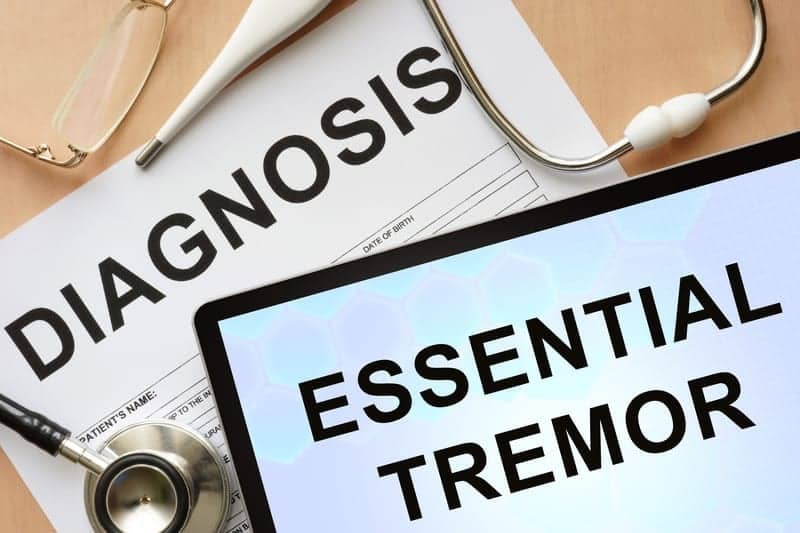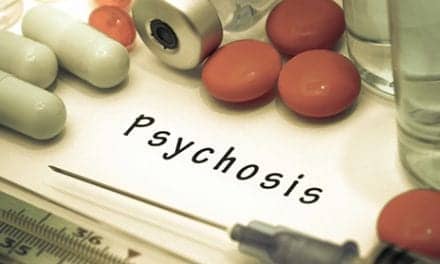Cala Health Inc announces new data from a retrospective analysis demonstrating that essential tremor (ET) is associated with substantial health care resource utilization (HCRU) and economic burden on affected patients and the US healthcare system, and that there is a high prevalence of multiple comorbidities in patients with ET that vary among patients undergoing different approaches to therapy.
Additional data from a budget impact analysis also suggest that Cala Trio is a cost-saving treatment option for patients with ET.
The data was presented recently in three posters at the Virtual ISPOR 2021 conference, according to a media release.
“Results from the retrospective analyses provide clear evidence that psychiatric disorders and multiple comorbidities are highly prevalent among patients with ET and that, in addition to the clinical burden that ET imposes on patients, this disease is a source of substantial HCRU costs.
“The data show that while surgery was a significantly bigger driver of health care costs than pharmacotherapy, the presence of eight or more comorbidities was the single largest factor for an increased cost.”
— Kate Rosenbluth, PhD, Founder and Chief Scientific Officer of Cala Health
Two of the posters describe results from retrospective cohort studies conducted using administrative claims data from a US health care payor with 15 million covered lives that included 5,286 patients with ET. Patient demographics and comorbid conditions were assessed using all data within 6 months before the index date, which was defined as the first claim with evidence of ET.
Of the 5,286 patients, 26.0% were untreated (ie, received no ET-related pharmacotherapy or refractory surgery), 71.3% received some pharmacotherapy, and 2.7% had refractory surgery during the 12-month follow-up period.
Poster 1
Data from one of the studies based on these claims data are presented in a poster titled “Patient Characteristics and Comorbidities in Patients with Essential Tremor: A Retrospective Observational Study in a United States Commercially Insured and Medicare Advantage Population” (Abstract #PND44). Of the 5,286 patients included in the analysis, the mean age was 70.8 years, 49.1% were female, 17.1% had commercial insurance, and 82.9% had Medicare Advantage.
Patients with refractory surgery were younger (untreated 72.0 years, pharmacotherapy 70.5, surgery 67.2, p<0.0001), more female (untreated 45.6%, pharmacotherapy 49.7%, and surgery 69.7%, p<0.0001), and had smaller overall comorbidity burden as assessed by age-adjusted Charlson Comorbidity Index (untreated 4.3, pharmacotherapy 4.4, and surgery 3.7, p=0.0161). Many patients had multiple comorbidities (overall 5.4, untreated 4.8, pharmacotherapy 5.5, and surgery 5.5, p<0.0001).
Depression, anxiety, stress adjustment disorders, and substance abuse were the most common psychiatric disorders before and after ET diagnosis. The prevalence of psychiatric disorders showed different patterns based on age, time of diagnosis, and treatment type.
Poster 2
Treatment patterns, HCRU, and health care costs were estimated using all data within 12 months after the index date and are reported in a poster titled “Health Care Resource Utilization and Costs Among Patients with Essential Tremor: A Retrospective Observational Study in a United States Commercially Insured and Medicare Advantage Population” (Abstract #PND15).
Of the 5,286 patients, 41.8% had emergency department visits, 95.0% had specialist visits, and 29.5% had inpatient admission. Average all-cause medical costs were $12,962 per patient per year (PPPY), pharmacy costs were $3,892 PPPY, and total health care costs were $16,854 PPPY. Among total costs, ET-related costs were $1,386 PPPY (8.1% of total cost). ET-related treatment significantly increased total health care costs (untreated $12,900 PPPY, pharmacotherapy $17,916 PPPY, surgery $29,328 PPPY, p<0.0001).
In this study, the number of comorbidities, type of treatment, and presence of psychiatric disorders were major drivers of health care costs in the assessed population, and surgery had a significantly larger impact on health care costs compared with pharmacotherapy.
Poster 3
The third poster, titled “Budget Impact Analysis of Transcutaneous Afferent Patterned Stimulation Therapy for the Treatment of Essential Tremor in the United States” (Abstract #PMD7), reports results from a cost minimization model developed to calculate the 3-year impact of introducing TAPS (Cala Trio) therapy for a healthcare plan cohort of 1 million people.
In this model, the prevalence of ET and costs and incidence of surgical and non-reversible ablative procedures were gathered from published literature. Acquisition costs and the proportion of patients receiving pharmacological treatment options were sourced from Redbook and 24-month data from Truven databases. The economic impact of introducing Cala Trio was calculated based on an alternative scenario in which 3% of patients from each treatment received Cala Trio therapy.
Results of this analysis demonstrate that while the annual cost of Cala Trio is comparable to high-dose, first-line pharmacotherapies, it offers lower and less variable costs compared with existing pharmacotherapies and surgical and non-reversible ablative procedures in the United States over three years when considering the cost of therapy, dosing, and side effects.
The analysis also found that the adoption of Cala Trio would be expected to have a minimal budget impact for a healthcare plan with 1 million members. Study authors conclude that Cala Trio is a fixed- and low-cost, on-demand therapy that is a safer and effective treatment for patients with ET.
“The budget impact data presented at ISPOR clearly demonstrate that the ET patient population is complex and improving outcomes for these patients requires a holistic and individualized approach that addresses underlying comorbidities and treatment patterns.
“These data demonstrate that Cala Trio is a cost-saving option compared with pharmacotherapy or surgery for treating ET – the most common movement disorder, which affects 7-10 million individuals in the United States alone – and provide compelling evidence that support reimbursement of this innovative therapy.”
— Ali Samiian, Senior Director, Reimbursement at Cala Health and an author on the three posters presented at ISPOR
Cala Trio, a non-invasive individualized solution that reduces hand tremors, is currently FDA- cleared for ET. In October 2020, the FDA granted Breakthrough Device Designation to Cala Trio for the treatment of action tremors in the hands of adults with Parkinson’s Disease, and the Company initiated a clinical trial in this indication in November 2020.
[Source(s): Cala Health Inc, Business Wire]
Related Content:
Managing Essential Tremor at Home Via Cala Trio is Explained in Recent Data
This Helps Reduce Essential Tremor Severity, Per PROSPECT Study Results





